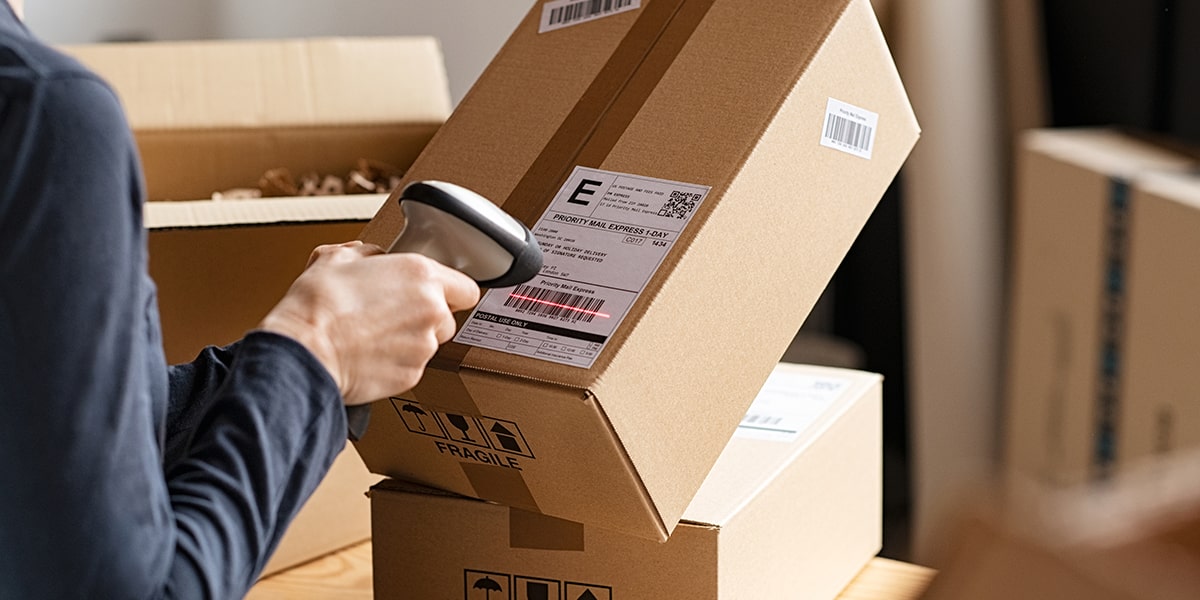Formaldehyde Release Testing in Paper Packaging
In today’s globalized market, ensuring product safety and compliance with international standards is paramount. Formaldehyde release testing is a critical component of this process, especially for paper packaging materials used in consumer products. This test evaluates the formaldehyde content that can be released from paper-based packaging under normal usage conditions. The primary concern here is to ensure that the levels do not exceed safe limits set by regulatory bodies like the European Union (EU), United States Environmental Protection Agency (US EPA), and others.
Formaldehyde, a known carcinogen, can be found in various paper products due to its use as an adhesive or preservative. This test is particularly important for packaging that comes into prolonged contact with food items or beverages, as even low levels of formaldehyde release could pose health risks. The testing procedure involves soaking the sample in distilled water at a specific temperature and then measuring the concentration of formaldehyde released over time.
The laboratory follows stringent protocols to ensure accuracy and reliability. Samples are carefully prepared according to international standards such as ISO 14925 or ASTM D6870, ensuring that each test is conducted under consistent conditions. The testing apparatus includes a specialized chamber designed to simulate real-world exposure scenarios accurately.
The results of this test provide critical information about the safety profile of paper packaging materials used in consumer products. This data helps manufacturers make informed decisions regarding raw material sourcing and processing methods, ultimately leading to safer products for consumers. Regulatory authorities also use these findings to enforce compliance with relevant legislation.
For companies operating internationally, understanding local regulations is essential. For instance, the EU has strict limits on formaldehyde release from certain materials used in direct contact with foodstuffs. Similarly, countries like Japan and South Korea have specific guidelines that must be adhered to by manufacturers exporting goods into these markets.
By conducting this test, businesses not only meet regulatory requirements but also enhance their reputation among consumers who are increasingly concerned about the safety of everyday products they use. Moreover, compliance with formaldehyde release testing can open up new market opportunities in regions where stringent standards are enforced.
- International Acceptance and Recognition:
- The test results from this procedure are widely recognized by regulatory bodies across different countries, including the EU, USA, Japan, and South Korea.
- This ensures that products tested meet not only local but also international standards, making it easier for companies to export their goods globally without additional testing.
Why Choose This Test
Selecting formaldehyde release testing in paper packaging is vital for several reasons. Firstly, it ensures that the products comply with stringent safety regulations imposed by various countries around the world. These regulations are designed to protect consumers from potential health hazards associated with excessive exposure to formaldehyde.
Secondly, this test helps manufacturers identify any issues early on in their production process. By identifying problematic areas during development or manufacturing stages, companies can address these concerns proactively rather than reactively after the product has already been released onto the market. This proactive approach saves both time and resources while maintaining high standards of quality.
Furthermore, choosing this test demonstrates a commitment to sustainability and responsible business practices. Consumers are becoming more environmentally aware each day, and providing them with safe products helps build trust between producers and consumers alike. Demonstrating adherence to rigorous testing procedures shows that you value both your customers' health and the environment.
Finally, selecting formaldehyde release testing allows companies to gain a competitive edge in today's marketplace. With increasing pressure on businesses to ensure product safety and environmental responsibility, having this certification can set them apart from competitors who may not prioritize these factors as much.
International Acceptance and Recognition
- European Union (EU): The EU has established strict guidelines regarding formaldehyde release levels in paper products, particularly those used for packaging. Compliance with these regulations is mandatory for manufacturers looking to sell their goods within the EU.
- United States: In the U.S., the EPA provides specific limits on formaldehyde emissions from various materials, including paper used in packaging. Adherence to these standards ensures that products meet federal safety requirements.
- Japan and South Korea: Both countries have stringent regulations concerning formaldehyde release levels in packaging materials due to their high sensitivity towards consumer health issues.
Use Cases and Application Examples
The primary use case for formaldehyde release testing in paper packaging is ensuring compliance with international safety standards. This test is especially important when dealing with products that come into prolonged contact with food items or beverages, as even low levels of formaldehyde release could pose significant health risks.
A practical example would be a company manufacturing cardboard boxes for storing and transporting perishable goods like fruits and vegetables. By conducting this test, the manufacturer can verify whether the formaldehyde content in the packaging material is within acceptable limits set by relevant regulatory authorities.
Another scenario could involve a beverage brand that uses paper-based labels on its cans or bottles. Testing these labels for formaldehyde release ensures that consumers are not exposed to harmful levels of this chemical during normal usage conditions.
In addition, this test is beneficial for companies involved in the production and distribution of personal care products packaged in paper containers. The results from such tests help ensure the safety of these items throughout their lifecycle from manufacturing through storage to final sale.





